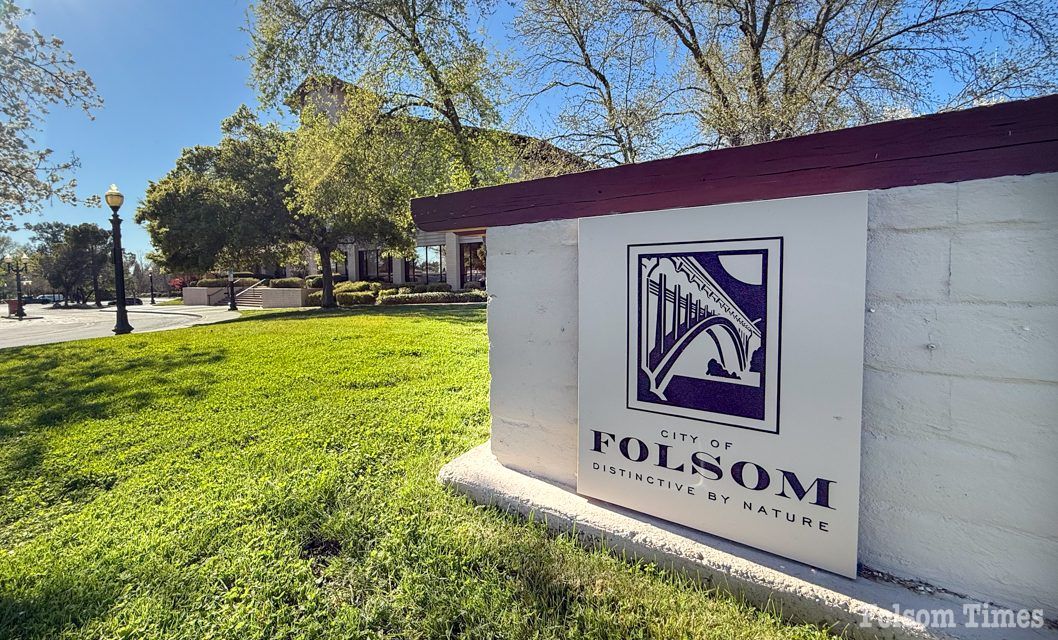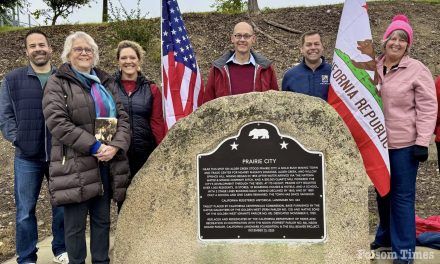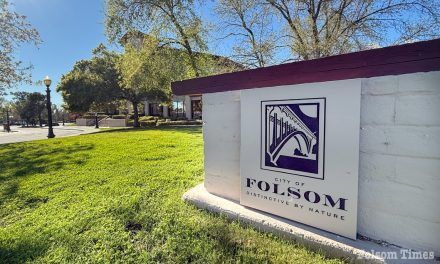The Folsom City Council this week reviewed the first reading of a proposed law aimed at cracking down on chronic “behavioral nuisances” that city officials say are undermining safety, property values, and quality of life across the community.
Introduced at the Aug. 12 council meeting, Ordinance No. 1355 would add Chapter 8.39 to the Folsom Municipal Code, establishing a framework to prevent, remove, and abate nuisance behaviors — not just physical property blight — that have a negative impact on people, homes, and businesses.
City Attorney Steven Wang told councilmembers that while the city already has nuisance provisions addressing property upkeep, it currently lacks the legal tools to directly address ongoing illegal or disruptive conduct occurring on private property. The new ordinance, he said, is designed to fill that gap and give both law enforcement and code enforcement the authority to intervene when properties become hubs for repeated criminal activity or public disturbances.
City Manager Bryan Whitemyer explained that the proposal expands the city’s definition of public nuisances to include consistent problematic behaviors at properties, not just physical maintenance issues. “In my experience, this is very typical. This is the sixth city where I’ve worked in. I didn’t verify all of them, but this was common language that I was accustomed to,” Whitemyer said. “When you look at public nuisances in the Folsom municipal code, it talks about property maintenance issues. And if we really think of the things that can bother a neighborhood, it’s more than just the condition of the property. It’s actually some of the consistent behaviors that are conducted at those properties. And I think what’s really important for us is to allow a tool to enable our code enforcement officers and our law enforcement officers to be problem solvers.”
Whitemyer noted that most residents — roughly 95 percent — resolve issues once notified, but there is a small percentage who repeatedly engage in egregious behavior such as harassment, and even police intervention fails to resolve it. “We always want to coach to compliance, but there are some that just don’t want to change,” he said. “This enables us to uniformly give them due process and hold those bad actors accountable for the behavior that maybe the state law is really slow and sometimes ineffectual at implementing.”
The proposal was prompted by a recent case in which a Folsom neighborhood endured years of illegal activity centered at one house. According to the city staff, individuals congregated at the property to sell, purchase, transport, and use illegal drugs and controlled substances, often at all hours. Neighbors reported being subjected to intimidation, including aggressive confrontations, foul and threatening language, hostile gestures from associates of the suspects, and even instances of aggressive dogs being set loose in the neighborhood. City staff notes that these behaviors negatively affected the peace, enjoyment, health, and safety of the neighbors, and existing municipal codes could not directly address the behavioral issues in question.
Once adopted, the ordinance would make it a public nuisance — and a municipal code violation — for a property owner, occupant, or their agents to knowingly allow certain activities to occur on their premises. These include the illegal sale, use, possession, distribution, or transport of controlled substances; the gathering or frequent comings and goings of people intending to engage in illegal drug transactions; prostitution; unlawful criminal street gang activity as defined in the California Penal Code; loud, unnecessary, or unusual noise that disturbs the peace or causes discomfort to a reasonable person in the area; the unlawful discharging of a firearm or brandishing of a weapon; unlawful fireworks displays; and frequent police responses to the property for disturbances such as animal fights, violent criminal acts including assault or homicide, hostile or aggressive gestures or threats, public intoxication, illegal gaming activities, and juvenile disturbances. The ordinance defines “frequent” as more than one and a half times the average number of such calls for a similar property.
During the discussion, Vice Mayor Justin Raithel sought clarification on whether certain persistent issues would be covered, citing two examples. “One of the ones I’m thinking of is when they’ve been disconnected from municipal power and they run a generator in their backyard for years — that can just be really frustrating over time, right, for somebody to run a generator right next to your bedroom window for multiple years. I just want to make sure that is included in here,” Raithel said. “And then the other one… was unpermitted construction. It seemed like no matter how many times we went out to the site, it seemed to not be resolved. These two particular cases I’m thinking of, the homeowners both said, you know, basically screw off city of Folsom. And it seemed like we had a hard time getting a resolution out of them.”
Wang confirmed that noise issues, such as those caused by generators, are covered under the ordinance. He said unpermitted construction is not typically considered a behavioral nuisance but is handled effectively through other enforcement channels. “We have dealt with those issues — unpermitted construction — before,” Wang said. “If you have any other situations that are outstanding, please do let me know.”
Under the proposed law, property owners would be responsible for monitoring their properties and taking corrective action when nuisance behaviors occur, regardless of whether the nuisance stems from physical conditions, behavioral issues, or both. When a violation is identified, the city manager or designee would issue a notice to the owner — and, if known, to the responsible party — citing the specific code sections and giving at least 10 calendar days to correct the issue.
If the violation is not resolved, the city could issue administrative citations, initiate administrative remedies, or directly abate the nuisance using city staff or contractors. The costs of abatement — including personnel, documentation, notices, inspections, and administration — would be billed to the property owner, with unpaid amounts becoming a lien or special assessment on the property. The ordinance specifies that removing or defacing posted abatement notices or obstructing city staff during abatement is also an infraction.
The proposed Chapter 8.39 is described as “complimentary, cumulative, supplementary, and additional” to other local, state, or federal remedies. It is not intended to create legal liability for an owner based on a tenant’s actions away from the property, unless the tenant is also creating a nuisance or committing crimes on the premises.
City staff notes that the ordinance is exempt from environmental review under the California Environmental Quality Act’s common-sense rule, since it has no potential to cause significant environmental effects. No immediate fiscal impact is expected. Mayor Sarah Aquino motioned to move the item forward, and the council approved bringing it back for a second reading at an upcoming meeting, after which it could take effect 30 days following adoption.
Copyright © 2025, Folsom Times, a digital product of All Town Media LLC. All rights reserved. No portion of this publication may be reproduced, distributed, or transmitted in any form or by any means, without the prior written permission of the publisher.




